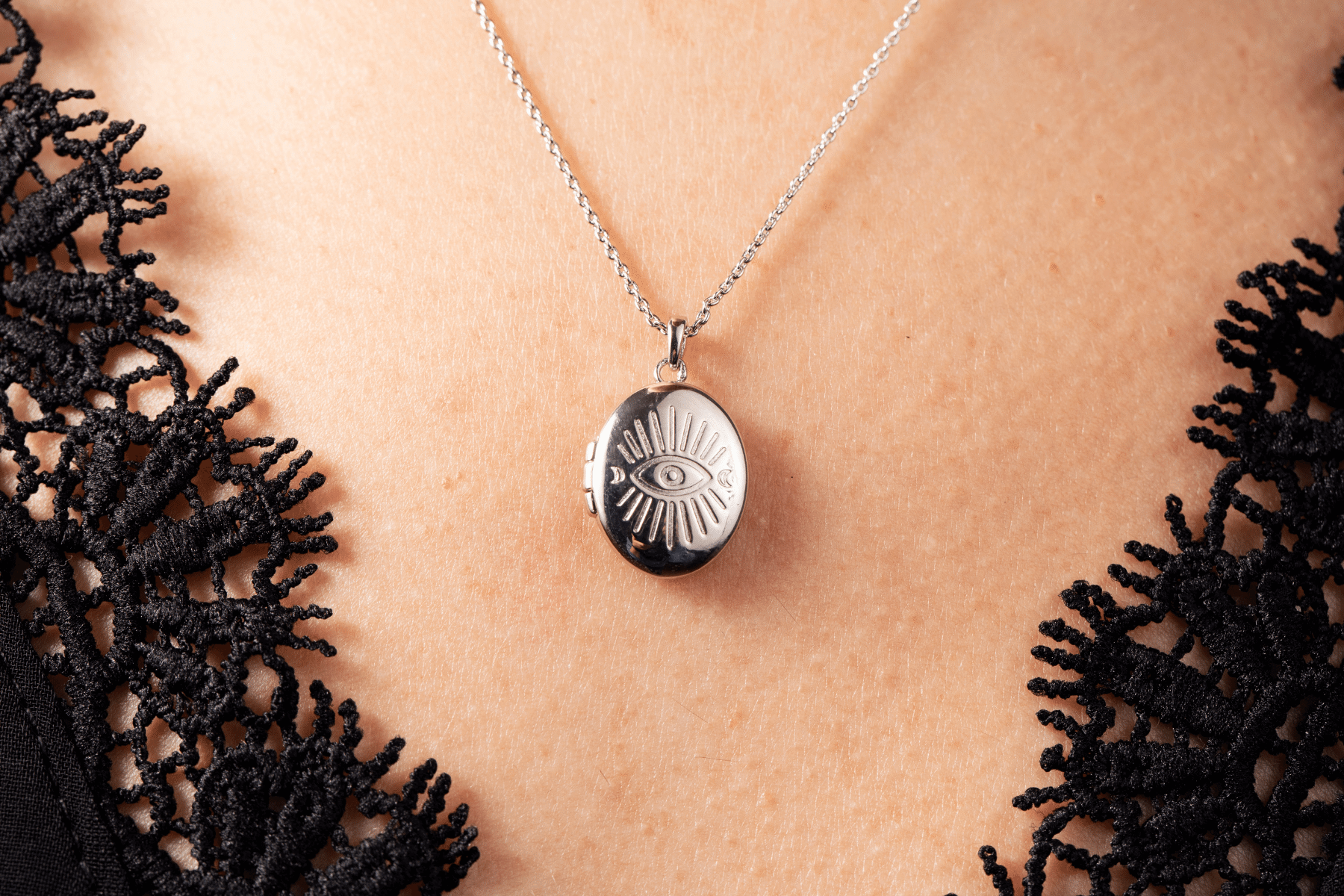Everyone has been on the receiving (and, if we're honest, giving) end of a dirty look at some point in their life. And, while you may just go on about your day, many people around the world believe that troublesome glance holds more power.
Often referred to as ‘the evil eye’, this is a malevolent or envious look meant to cause misfortune to the recipient.
But where did it all begin?
Here’s a little background on the evil eye.
It’s important to make a distinction here. Though evil eye refers to the malevolent gaze, or ‘curse’, people also refer to the protective amulet by the same name.
The Blessed Be Magick Evil Eye Protection Collection
While some cultures believe the evil eye is a willful, harmful act, others hold that it can be given unintentionally and some cultures even believe animals can give the evil eye. One common thread among many cultures is envy. In nearly every tradition, pride is seen as a downfall, so this may be a result of the pervasive attitudes of the time.
You can find lore surrounding the evil eye throughout cultures and religions all over the world, but we’ll touch on that later.
Of course, no one knows when and where the belief began, but the evil eye is referenced in texts from ancient Egypt, Greece, and Rome. It can be found again in Celtic and Polish folklore. It’s even mentioned in the Bible, Quran, and the great Shakespeare’s plays.
We can trace the evil eye amulet itself as far back to 3300 BC in Mesopotamia. Amulets have been excavated in Tell Brak, one of Mesopotamia’s oldest cities, but they weren’t the deep blue amulets we think of today. Instead, they were eyes carved into stone idols.
So, why is the evil eye blue?
Well, it depends on who you ask.
Some believe that the blue symbolizes godliness, while others hold that the blue stems from the Egyptian Eye of Horus, which was often made from a deep blue ceramic. A number of historians believe that because the evil eye originated in a region where dark eyes were typical, people with blue eyes were more skilled at casting the evil eye.
What does the evil eye mean around the world?
Perhaps no other ancient belief is as widespread as the evil eye. You can find the symbolism and stories all through Africa, Asia, and Europe.
According to the Encyclopedia Britannica, in India, ritual cross-dressing is believed to avert the evil eye and in some parts of Asia, parents may blacken the faces of their children for protection. In central Asia, people once believed in a sky god who protected them from evil. So, they believed blue to be a color of protection.
The influence of these beliefs can be seen as far as South America. In Brazil, they refer to it as a “fat eye”, which follows those who have received an insincere compliment.
How do you protect yourself from the evil eye?
The evil eye amulet, with its iconic concentric blue design, is the go-to talisman for many believers. In the simplest terms, the amulet is meant to reflect the gaze back to the giver.
To harness the protective power of these symbols, you can wear jewelry featuring the evil eye.
If you prefer ritual work or want to call in some extra protection, you can try one of the rituals or practices from different cultures (and time periods). You may see Christians in Europe make a cross with their hands. In Latin America, a raw egg is used to absorb the curse. Witches typically sprinkle salt or Florida water around their homes to keep out negative influences.
Do you keep an evil eye or protective talisman on you? What are your favorites? We’d love to hear your experiences and thoughts in the comments below.









Leave a comment